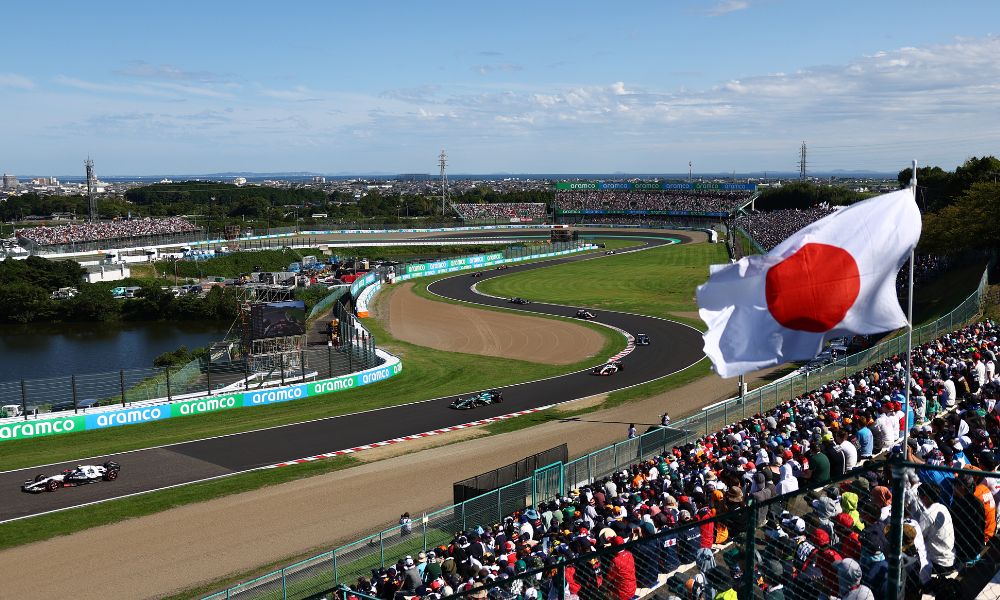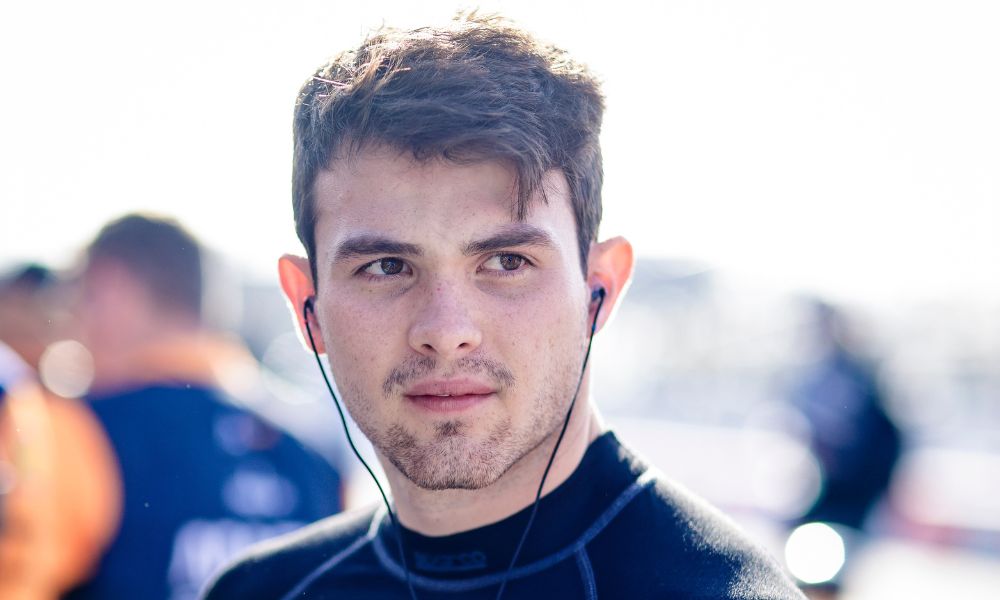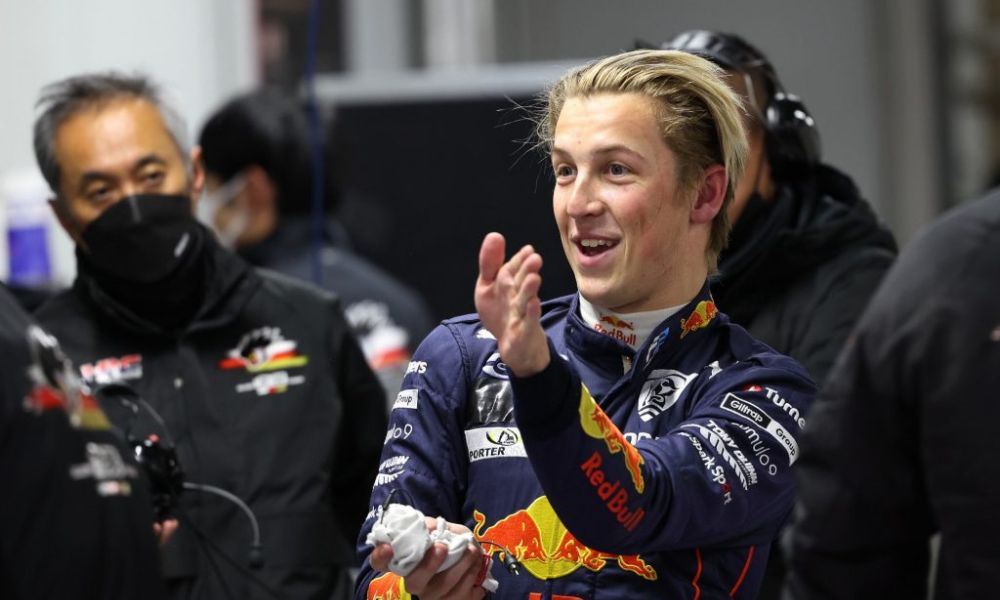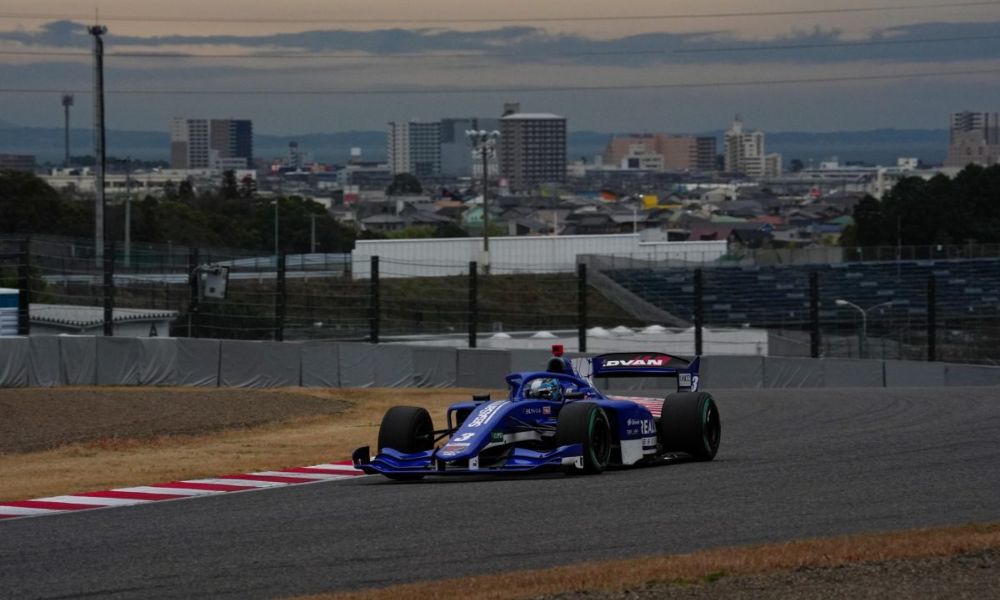Tucked away in the eastern hemisphere, Japanese single-seater series Super Formula operates in the shadow of Formula One’s European excellence and IndyCar’s all-American charm.
In 1973, Super Formula began life as the All-Japan F2000 Championship. Its early years saw it used as a launchpad for the careers of Japanese drivers, like Satoru Nakajima who won five Super Formula championships and went on to become the first Japanese driver in a full-time Formula One seat.
It wasn’t long before this pathway into Formula One was noticed by drivers outside Japan. With Michael and Ralf Schumacher, Eddie Irvine, and Pedro de la Rosa all racing in the series before making their Formula One bows, it began to be viewed as a feeder category to the global motorsport series.
When the series rebranded as Super Formula in 2013, it aimed to claim Asia as the third major single-seater series and shed its feeder series status to become a regional stronghold.
But, in more recent years, it has been hard to shake this image. Both Pierre Gasly and Stoffel Vandoorne continued the tradition of using the series as a stepping stone into Formula One, while current IndyCar champion Alex Palou competed in Super Formula in 2019, the year before he debuted in the US-based series.
With a widely-recognized status as the second fastest single-seater series, Super Formula’s popularity should seem inevitable. But, even as Super Formula drivers produce lap times just four seconds shy of Lewis Hamilton’s Suzuka lap record, the Japanese racing series struggles for global attention.

Suzuka is one of the few circuits where Formula One can be directly compared to a major single-seater championship
A recipe for success
While the multiple rebrands may provide an explanation for Super Formula’s inability to establish itself around the world, it remains the only single-seater series mere seconds away from the pinnacle of motorsport.
“Super Formula is definitely the closest thing to a Formula One car right now,” said Pato O’Ward, current Arrow McLaren IndyCar driver and reserve driver for the McLaren Formula One team. “The IndyCar [car] is definitely not close, it’s very different.”
With experience across all three series, the Mexican driver is one of a select few with the ability to make accurate comparisons. There’s no question that the Japanese series is fast, but speed is only part of what sets Super Formula apart.

Pato O’Ward, who currently drives in IndyCar for the Arrow McLaren team, also has experience driving in Formula One and Super Formula
The series is also quietly taking steps towards retiring motorsport’s gas-guzzling ways. Ahead of the 2023 Super Formula season, the series unveiled a carbon-neutral car. A combination of sustainable fuel, recycled tires and hemp materials allowed the vehicle to catch up to the top-ranked eco-friendly series that have gone the electric route to achieve a net-zero emissions status.
This environmental endeavour was achieved without the staggering money in Formula One – which recently posted total revenues of US$3.2 billion for 2023 – and with the limitations of a spec series format.
Dallara, the manufacturer behind the cars in Super Formula, also said the introduction of the car “significantly improved entertainment value” last season. Yet, Super Formula cannot keep pace with the audience growth of other series around the world.
The viewership gap
Formula E’s fanbase increased 17 per cent last season, IndyCar achieved its most watched season since 2011, and Formula One continues to garner an unmatched global audience. Meanwhile, Super Formula’s attendances shrunk.
It’s difficult to compare viewership figures, but the Japanese series is displaying a clear downward trend in fans attending the races. The total season attendance in 2022 barely reached 100,000, half of its pre-pandemic count. For context, Formula One recorded higher attendances for some of its practice sessions during 2023.
As fanfare around Formula One heightens stateside — accelerated by the additions of the Miami Grand Prix in 2022 and the Las Vegas Grand Prix in 2023 — series across the globe have felt the effects of America’s growing love for fast cars. Even IndyCar hasn’t reached its full individual potential, O’Ward said.
“In terms of IndyCar, we’ve received some of the rise that general motorsports in North America has seen with Formula One, so I feel like we’re getting some of that,” he continued. “I think there’s still so much untapped potential in terms of IndyCar as a series that we’re not even close to maximising.”
- The SkyPad, Martin Brundle interviews, and remote production: Inside Sky Sports’ award-winning F1 coverage
- F1 Academy and Charlotte Tilbury: Why brands need to up their game when it comes to sponsorship
Despite Super Formula’s similar potential, it isn’t seeing the same surge.
It wasn’t until 2017 that BS Fuji began broadcasting live Super Formula races. In a climate measuring success in the number of zeros attached to sports streaming media rights deals, the Japanese series is one of the few high-ranking motorsport series to not secure TV rights in the US.
During the 2023 season, Super Formula races were broadcast on Motorsport.tv, Canadian channel Rev TV, Japan’s J Sports, and YouTube.
The series clearly has some way to go to match the US$7.7 billion media rights deal of Nascar and Formula One’s ESPN deal reportedly worth up to US$90 million per year.
But, Formula One’s viewership in the US is beginning to struggle. The audience for the 2023 Miami Grand Prix fell 24 per cent on ABC, while fans have been quick to write off the 2024 season after a mundane season-opening race in Bahrain.
A predictable season of Red Bull finishing on the top step of the podium could shift attention to series like Super Formula.
Arresting the slide
As Formula One makes strides in the American sports, fashion, and celebrity zeitgeists, Super Formula slinks away from the limelight. Coined as the series “where hard battles take place every round”, it has a laser focus on the racing side of things. It even goes as far as to publish engineering strategies for interested viewers.
But, the series’ focus is shifting. The Japanese series recently appointed Masahiko Kondo, the team principal of Kondo Racing and a Japanese popstar, as its chairman. The leadership switch marks another effort to merge pop culture and racing in order to bring new eyes to the sport.
'In The Wings' is now live on @redbull 📺
— Liam Lawson (@LiamLawson30) February 19, 2024
The documentary showcases what was a very busy year in 2023 in both Super Formula and Formula 1.
Thank you to everyone who made 2023 possible 🙌
Watch the full doco here – https://t.co/4p7tMZC7Mn pic.twitter.com/s0hF9z8JAh
Ahead of the 2024 season, Super Formula also announced an increased focus on marketing to boost its audience, as well as advertising ‘SFgo’, Super Formula’s live timing and streaming service. Guest appearances by Japanese actors and pop stars, including race commentary from famous voice actor Fuka Izumi, are expected to help boost nationwide attention.
Across the nation, Super Formula is officially partnering with cities with the aim to “promote motorsports and revitalise local communities in Japan, and [the Japanese Race Production] will promote each local government through various media and events, as well as provide videos and portraits related to Super Formula free of charge”.
The series is urgently attempting to prove to Japan’s youth that it is indeed relevant, but its international appeal is left with a question mark dangling at the end.
What next for the series?
Despite the series’ efforts to ‘convey its charm and power even to those who have never experienced it’, its marketing efforts remain regional rather than capitalising on the international appeal of motorsport.
Super Formula’s international anonymity among Formula One fans can be explained by a few factors: currently, few ‘star’ drivers are competing in the series, U.S. sports media rights aren’t on the table and, in an increasingly online world, Super Formula’s social media posts reach only 51,500 Instagram followers.
This hardly compares to Formula One’s following of 26.3 million and Formula E’s of 1.1 million. Even feeder series like Formula Two reach 1.2 million followers.
As other series attempt to copy Formula One’s viral recipe – all while trying to set themselves apart from the elite racing series – Super Formula can’t seem to effectively do either. Defined by its string of big names going onto the ‘big leagues’, the series itself even relishes in its role as a stepping stone.

Liam Lawson finished second in the 2023 Super Formula championship, a season in which he also entered a handful of Formula One races as a stand-in for the injured Daniel Ricciardo
‘Super Formula is now seen as an increasingly important step in becoming one of the world’s top drivers’, the series’ official website reads.
This ‘stepping stone’ image may have even been exacerbated this season. In 2023, Ritomo Miyata pipped Liam Lawson to the Super Formula championship. This season, the former has opted to contest a season in Formula Two and the latter will be a reserve driver in Formula One ahead of an expected seat at the RB team in 2025.
Moving in the opposite direction to Miyata is Théo Pourchaire, reigning Formula Two champion and a potential lightning rod for global attention. Likewise, Super Formula will hope to encourage more female viewers to tune in with 18-year-old phenom Juju Noda set to contest the upcoming season.
As the Japanese single-seater series attempts to wiggle its way out of stereotypes, notably a Formula One feeder category and yet its own bespoke elite racing, it has the potential to become the next big thing.
A platform both Japanese and European drivers, and one of the few series to welcome both men and women to its ranks, will only help its cause. But, the only question is if it can bring more overseas eyes to the sport.

